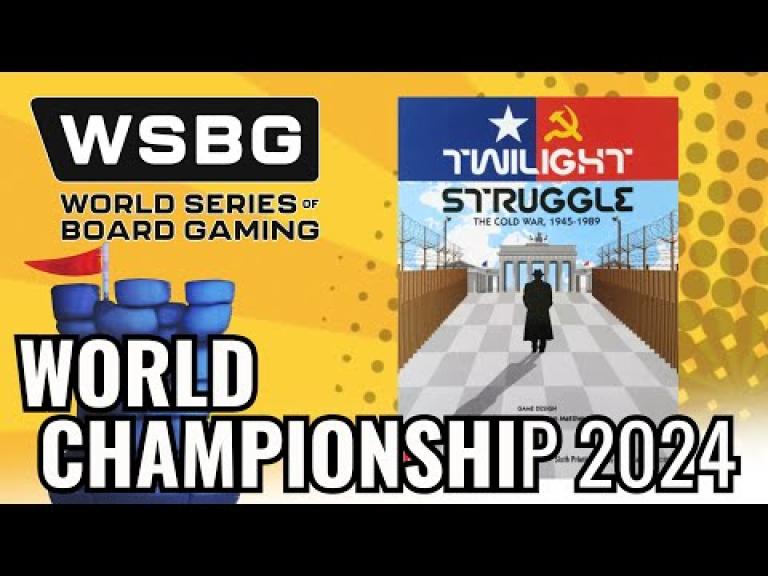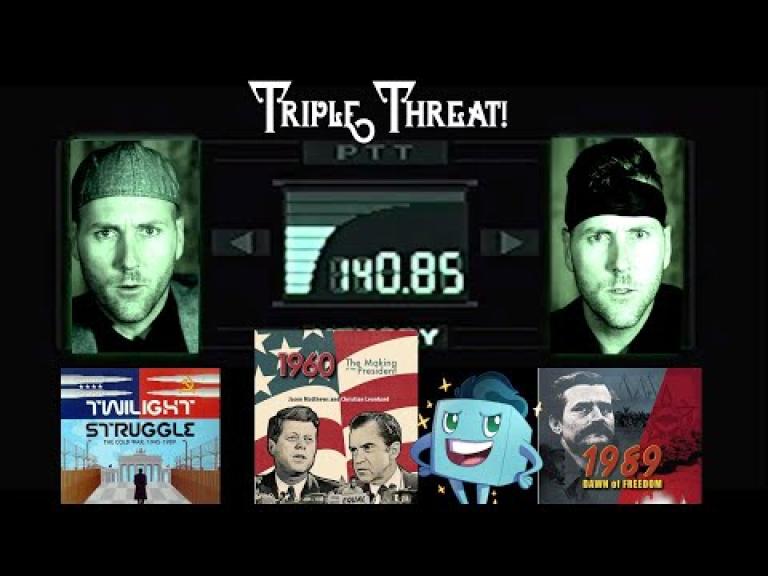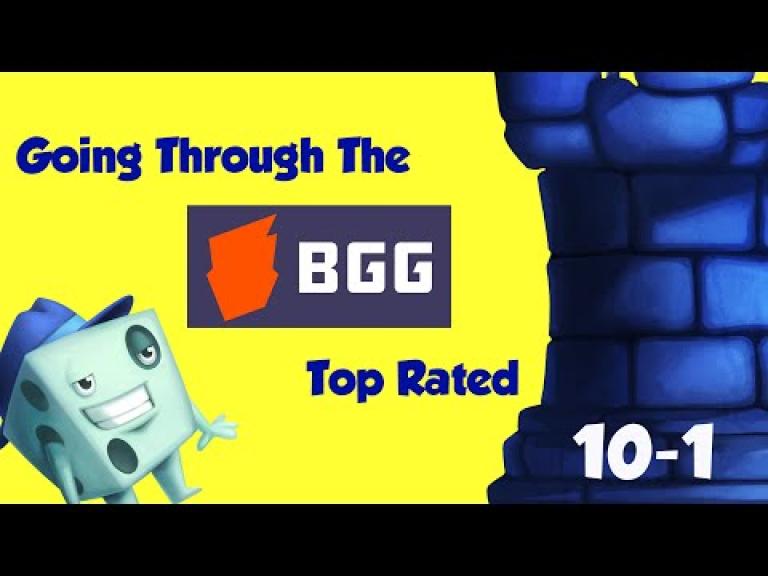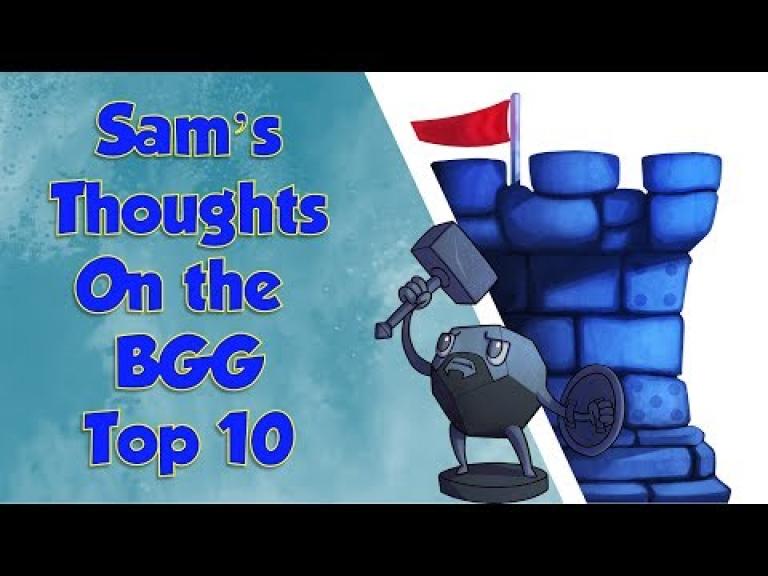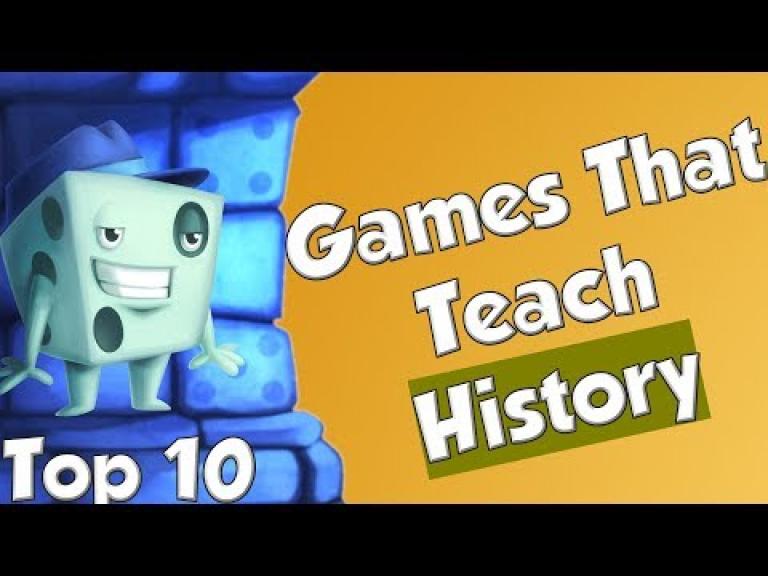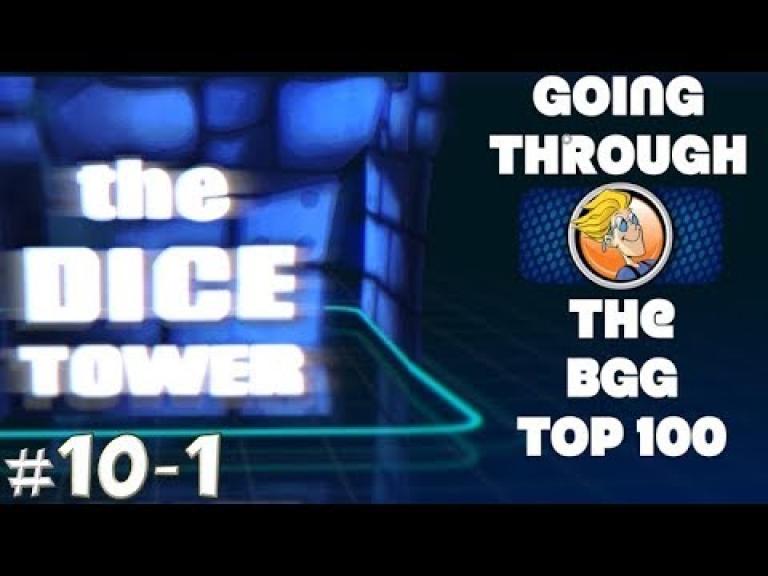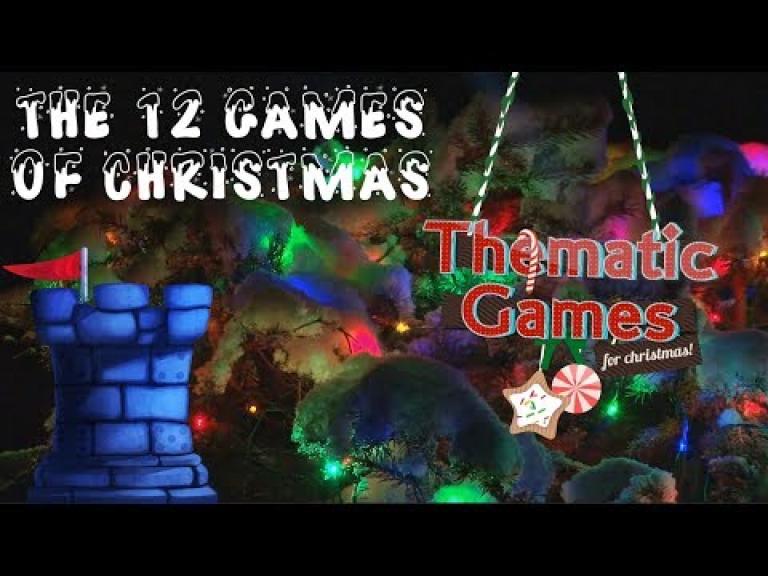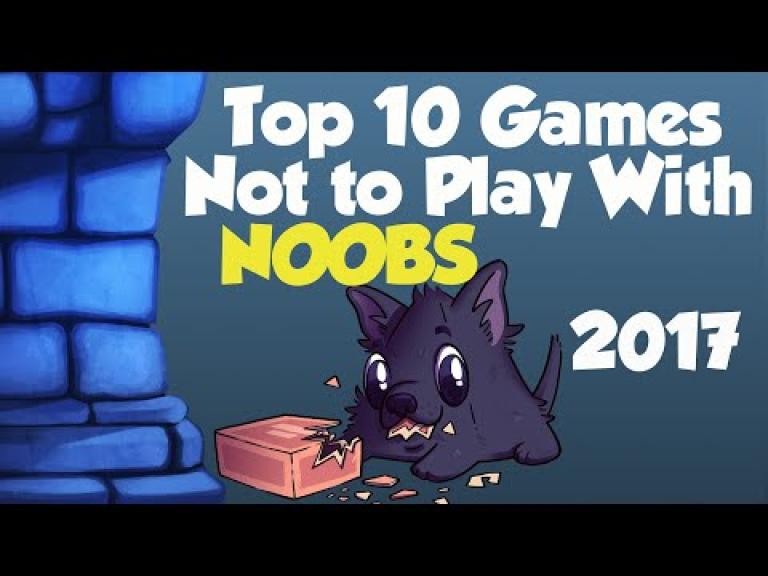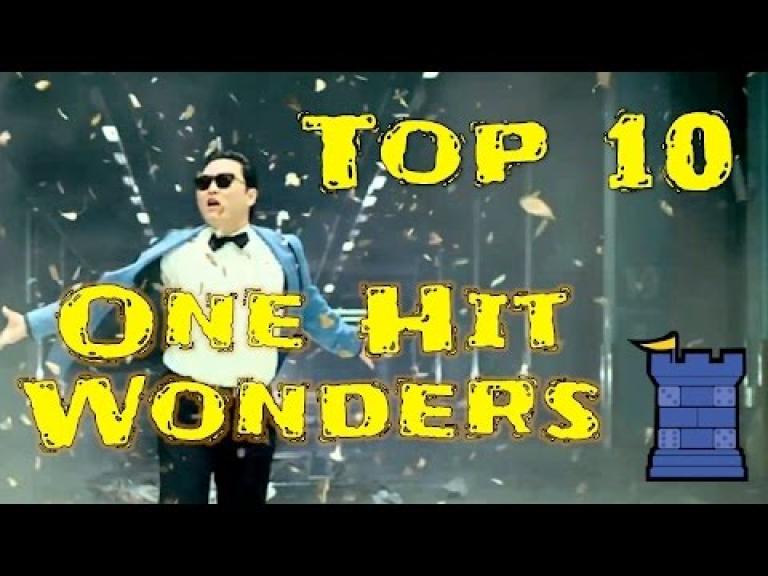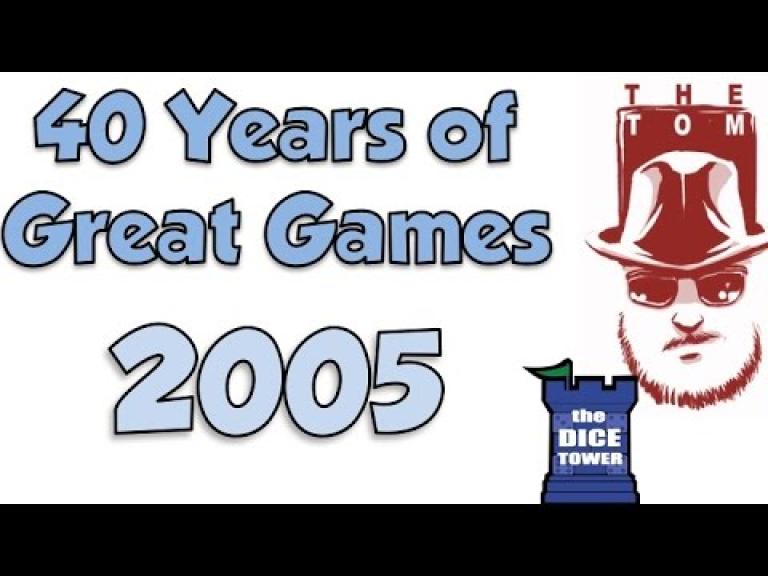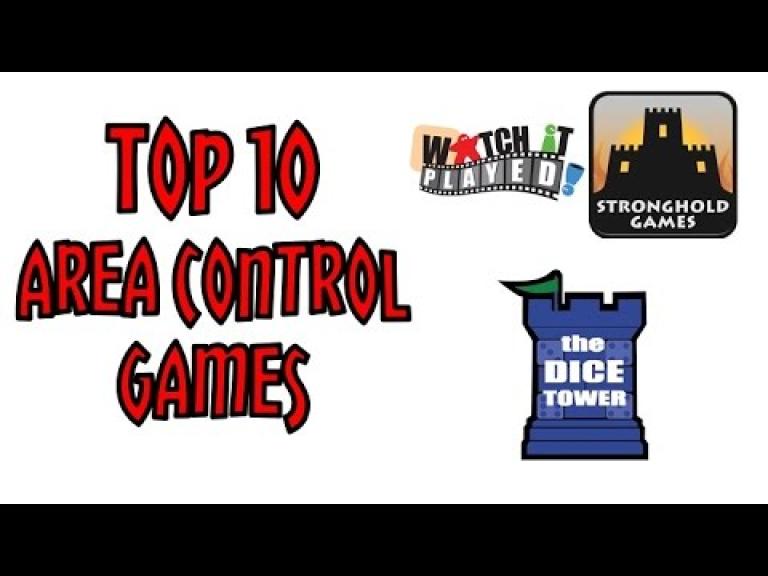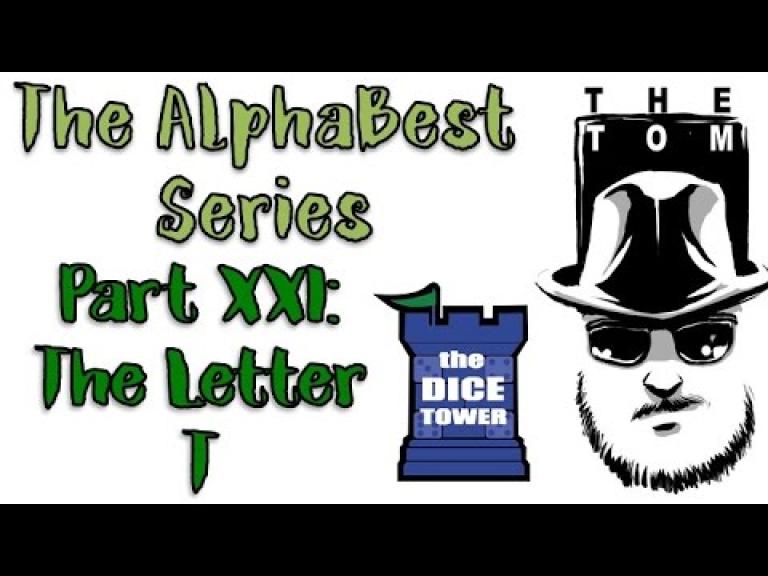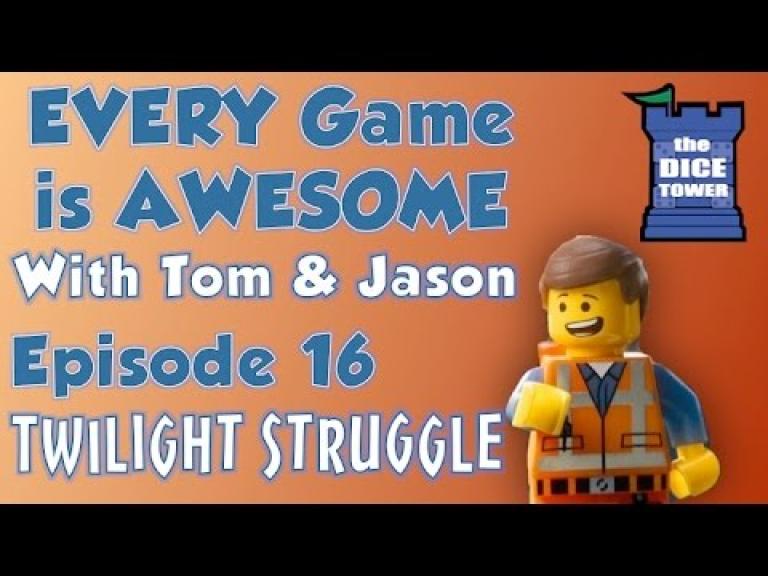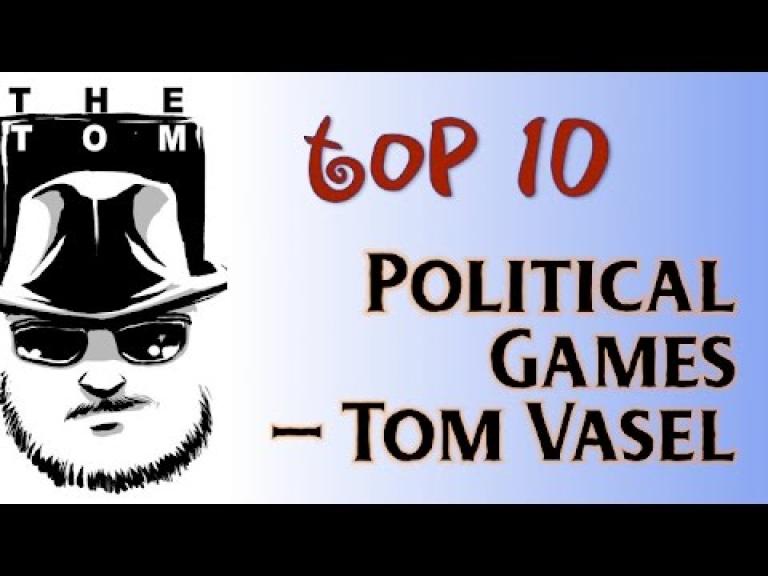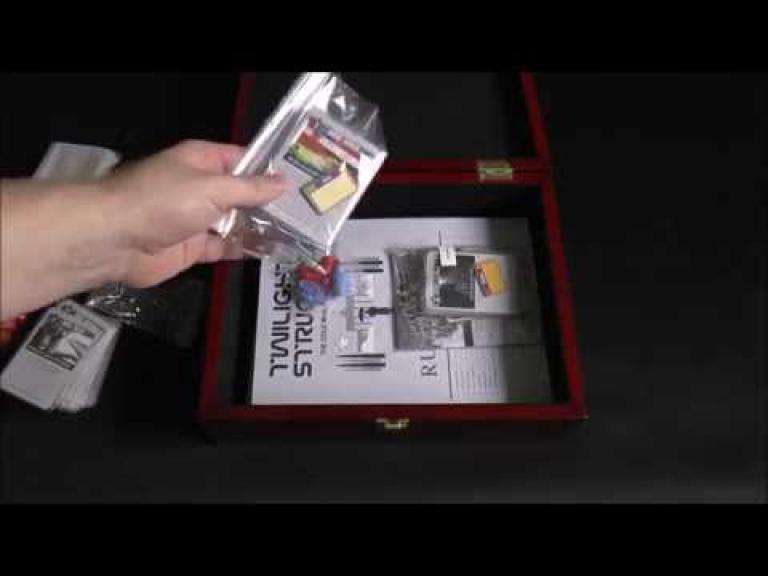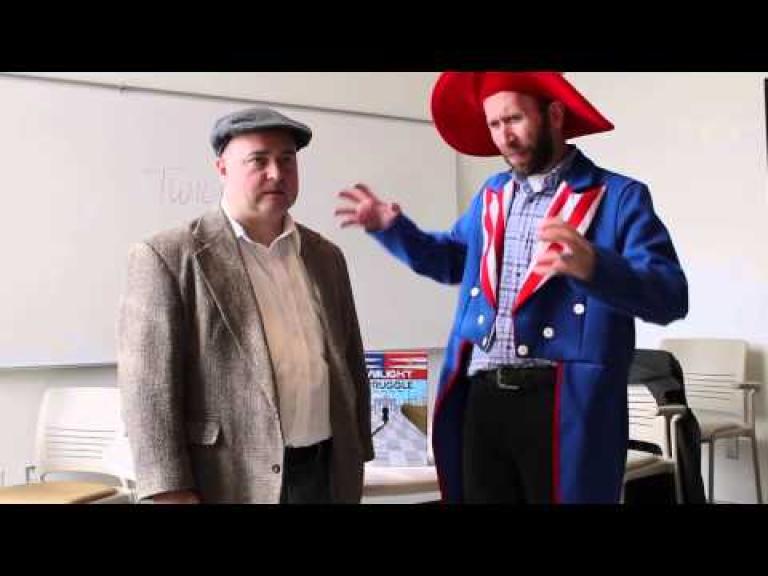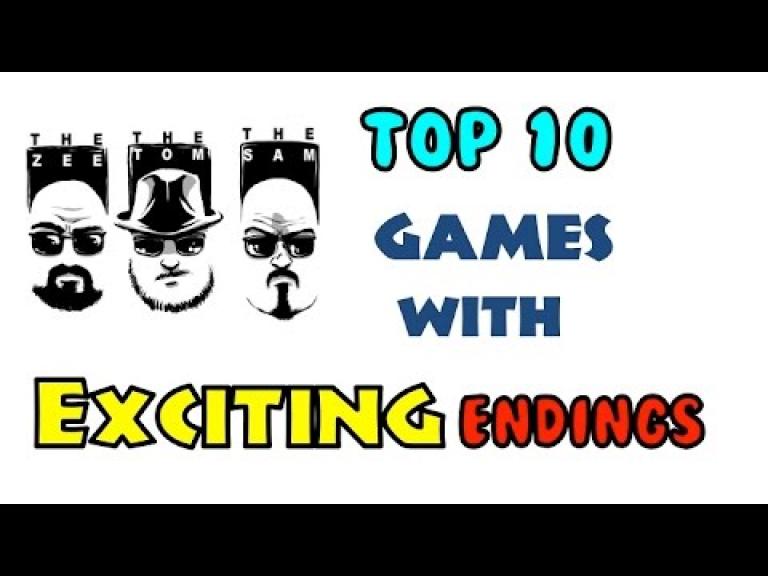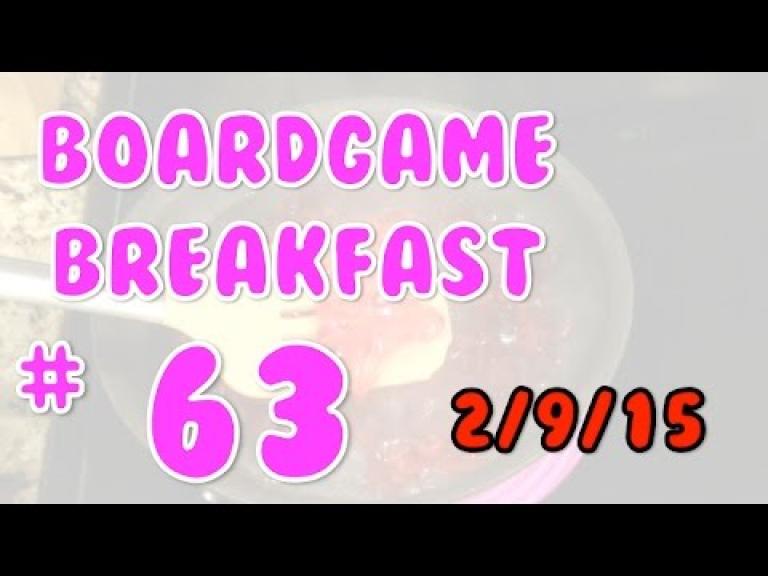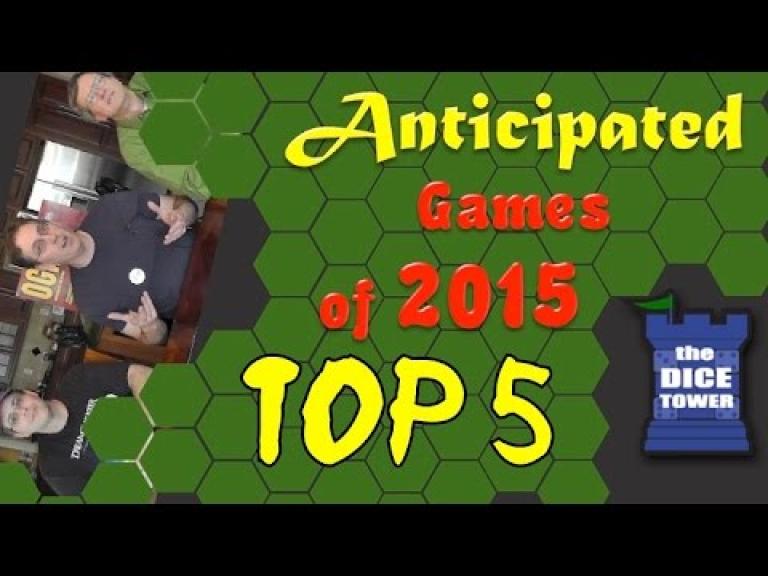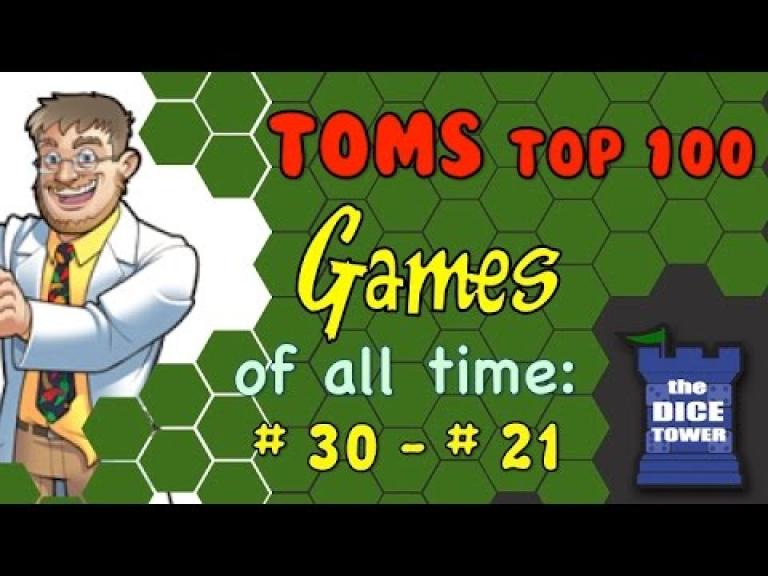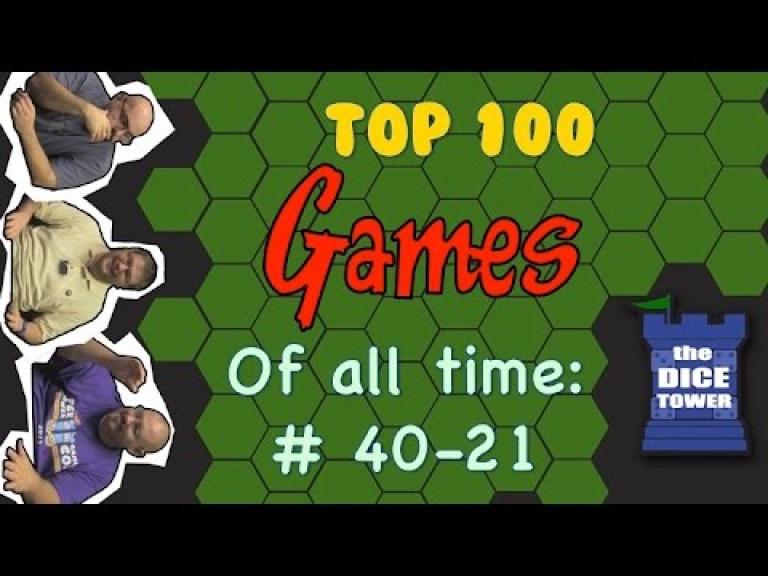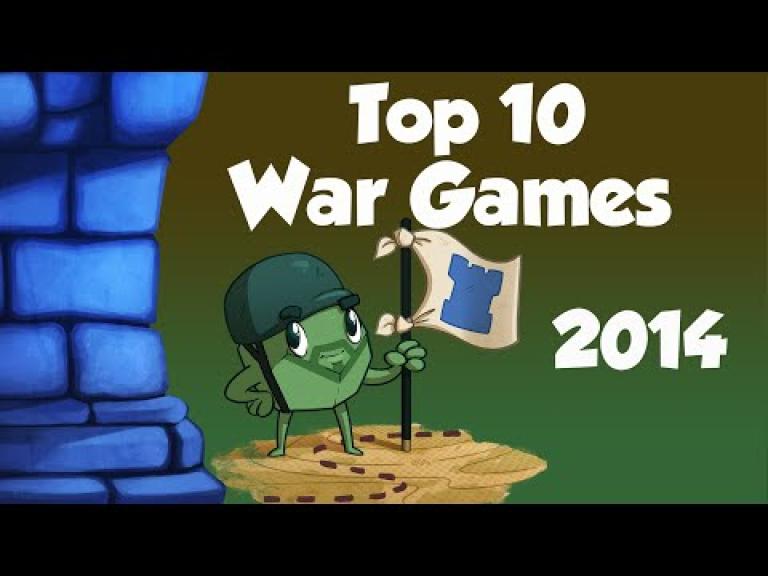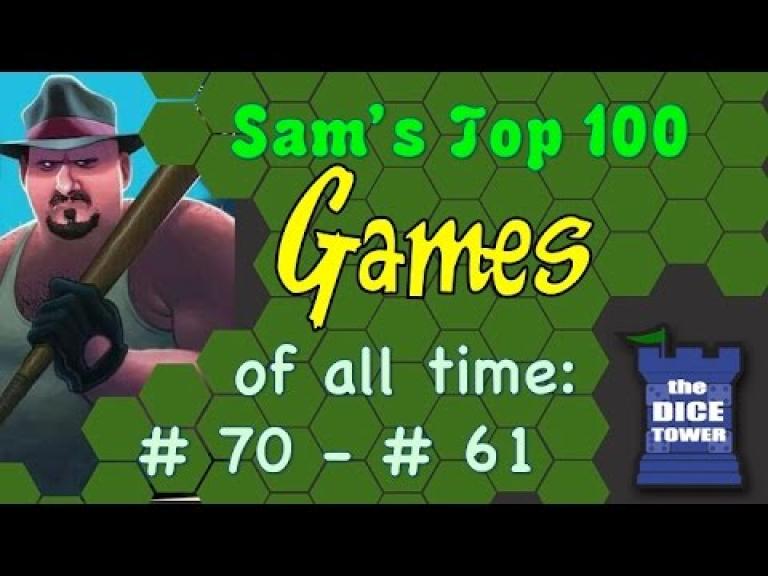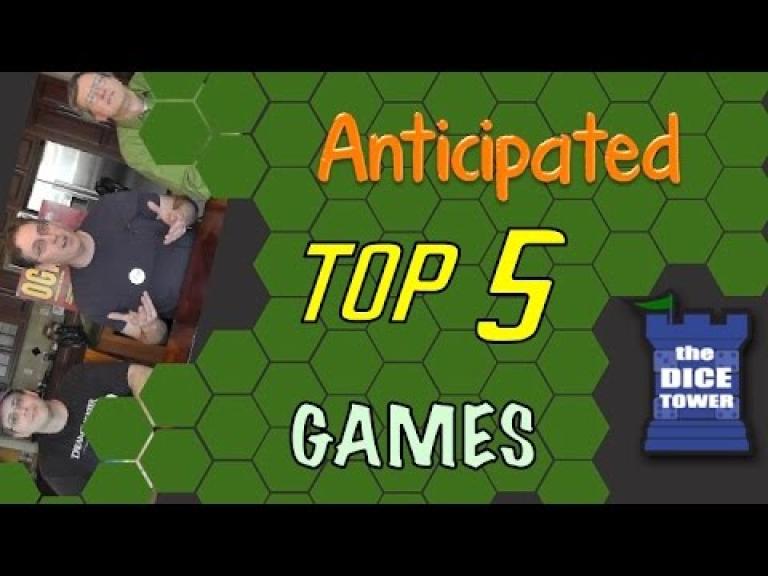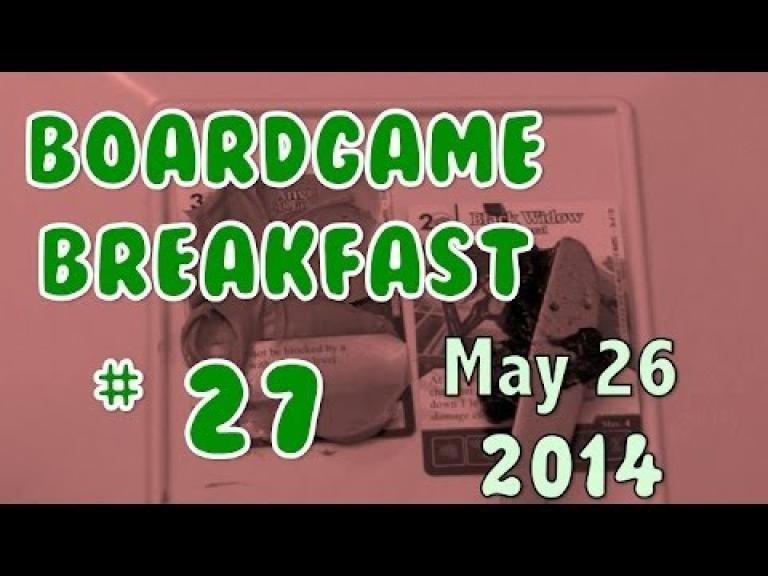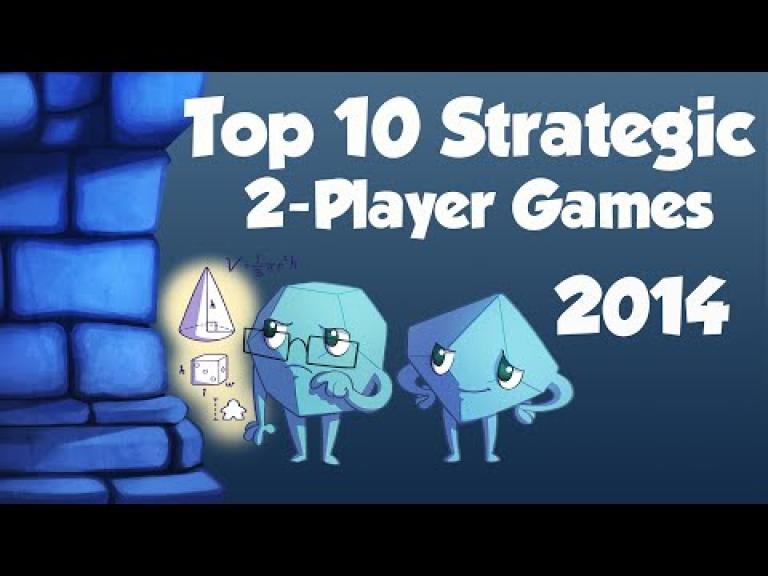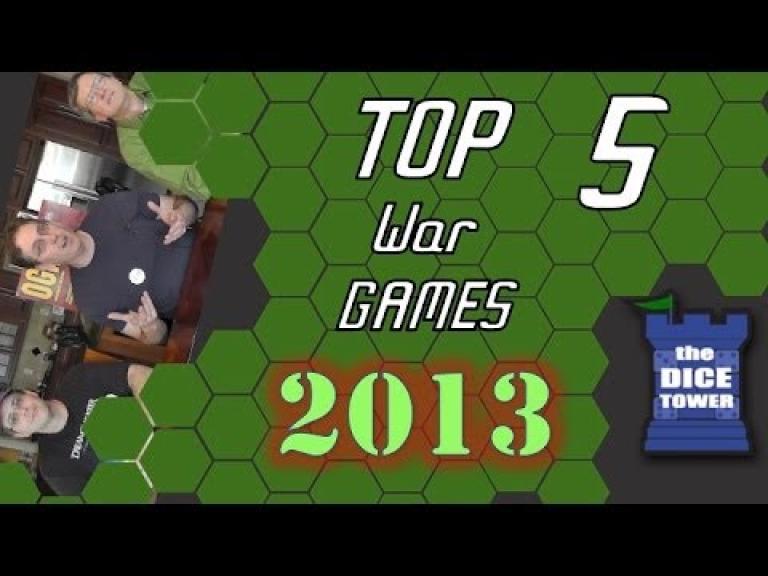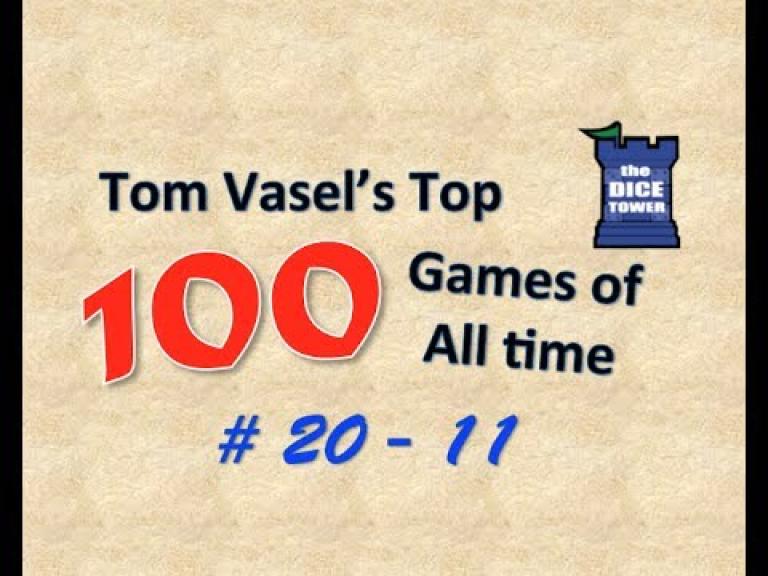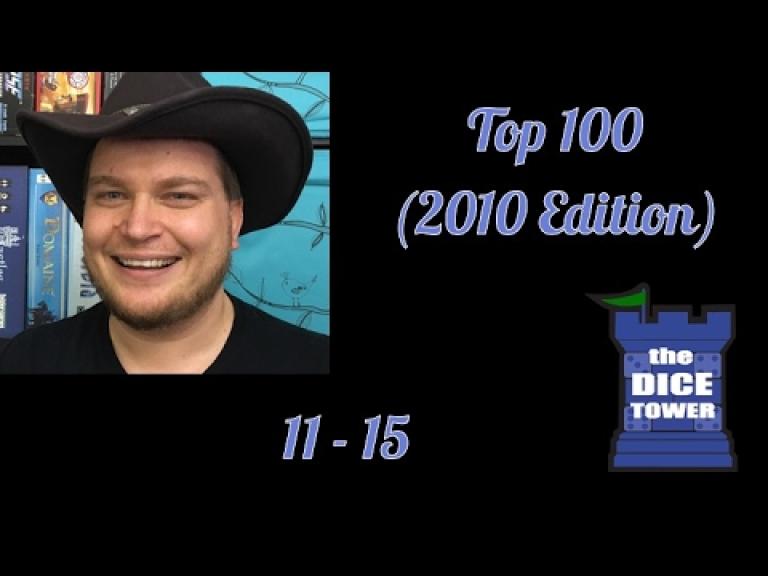Twilight Struggle
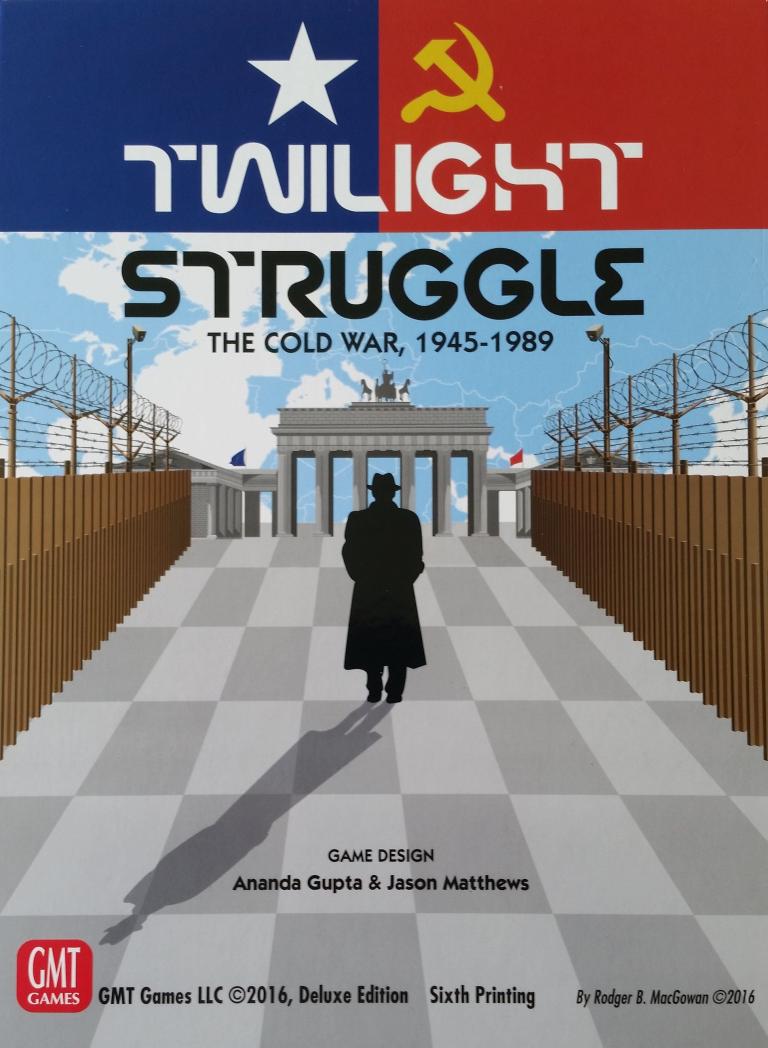
Twilight Struggle
– John F. Kennedy
In 1945, unlikely allies toppled Hitler's war machine, while humanity's most devastating weapons forced the Japanese Empire to its knees in a storm of fire. Where once there stood many great powers, there then stood only two. The world had scant months to sigh its collective relief before a new conflict threatened. Unlike the titanic struggles of the preceding decades, this conflict would be waged not primarily by soldiers and tanks, but by spies and politicians, scientists and intellectuals, artists and traitors. Twilight Struggle is a two-player game simulating the forty-five year dance of intrigue, prestige, and occasional flares of warfare between the Soviet Union and the United States. The entire world is the stage on which these two titans fight to make the world safe for their own ideologies and ways of life. The game begins amidst the ruins of Europe as the two new "superpowers" scramble over the wreckage of the Second World War, and ends in 1989, when only the United States remained standing.
Twilight Struggle inherits its fundamental systems from the card-driven classics We the People and Hannibal: Rome vs. Carthage. It is a quick-playing, low-complexity game in that tradition. The game map is a world map of the period, whereon players move units and exert influence in attempts to gain allies and control for their superpower. As with GMT's other card-driven games, decision-making is a challenge; how to best use one's cards and units given consistently limited resources?
Twilight Struggle's Event cards add detail and flavor to the game. They cover a vast array of historical happenings, from the Arab-Israeli conflicts of 1948 and 1967, to Vietnam and the U.S. peace movement, to the Cuban Missile Crisis and other such incidents that brought the world to the brink of nuclear annihilation. Subsystems capture the prestige-laden Space Race as well as nuclear tensions, with the possibility of game-ending nuclear war.
Components (original edition):
228 full colour counters
22"x34" full colour map
103 event cards
2 six-sided dice
1 24-page rulebook
2 full colour player aid cards
Components (2009 Deluxe edition and after)
260 full colour counters
22"x34" mounted map with revised graphics
110 event cards
2 six-sided dice
1 24-page rulebook
2 full colour player aid cards
TIME SCALE: approx. 3-5 years per turn
MAP SCALE: Point-to-point system
UNIT SCALE: Influence markers
NUMBER OF PLAYERS: 2
DESIGNER: Ananda Gupta & Jason Matthews
MAP, CARD, & COUNTER ART: Mark Simonitch
A deluxe edition, published in 2009 includes the following changes from the basic game:
Mounted map with revised graphics
Two double-thick counter sheets with 260 counters
Deck of 110 event cards (increased from 103)
Revised rules and player aid cards
Revised at start setup and text change for card #98 Aldrich Ames
Upgrade kit for the owners of the previous version includes the following:
Mounted Map with revised graphics
New card decks
Updated Rules & Charts
Newest Review
Other Videos
Podcasts Featuring this Game
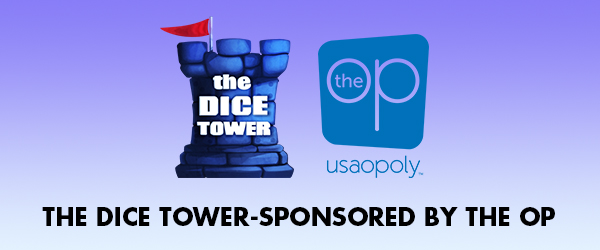
TDT # 113: Favorite Mass Market Games
In this episode, Geoff talks about the process to bring Agricola to English-speaking folk, while Mark talks about games he's looking forward to playing in 2008. We review Jamaica, Super Hero, and The Amazing Space Venture - and do a comparison of 1960 to Twilight Struggle. We mention a sad story about Shadows over Camelot, and discuss a few questions about gaming. Finally, we talk about our favorite mass market games.

TDT # 111: Top Ten Mayfair Games
In this episode, we discuss some recently played games, as well as continue our Christmas contest! Moritz talks about tension in games, Geoff discusses the good old days of PBEM, and Mary gives a report from BGG.con. We discuss being Game snobs, the Golden Geek awards, Condottiere, and some random strategy tips. We end out the show by discussing the top ten games from Mayfair.

